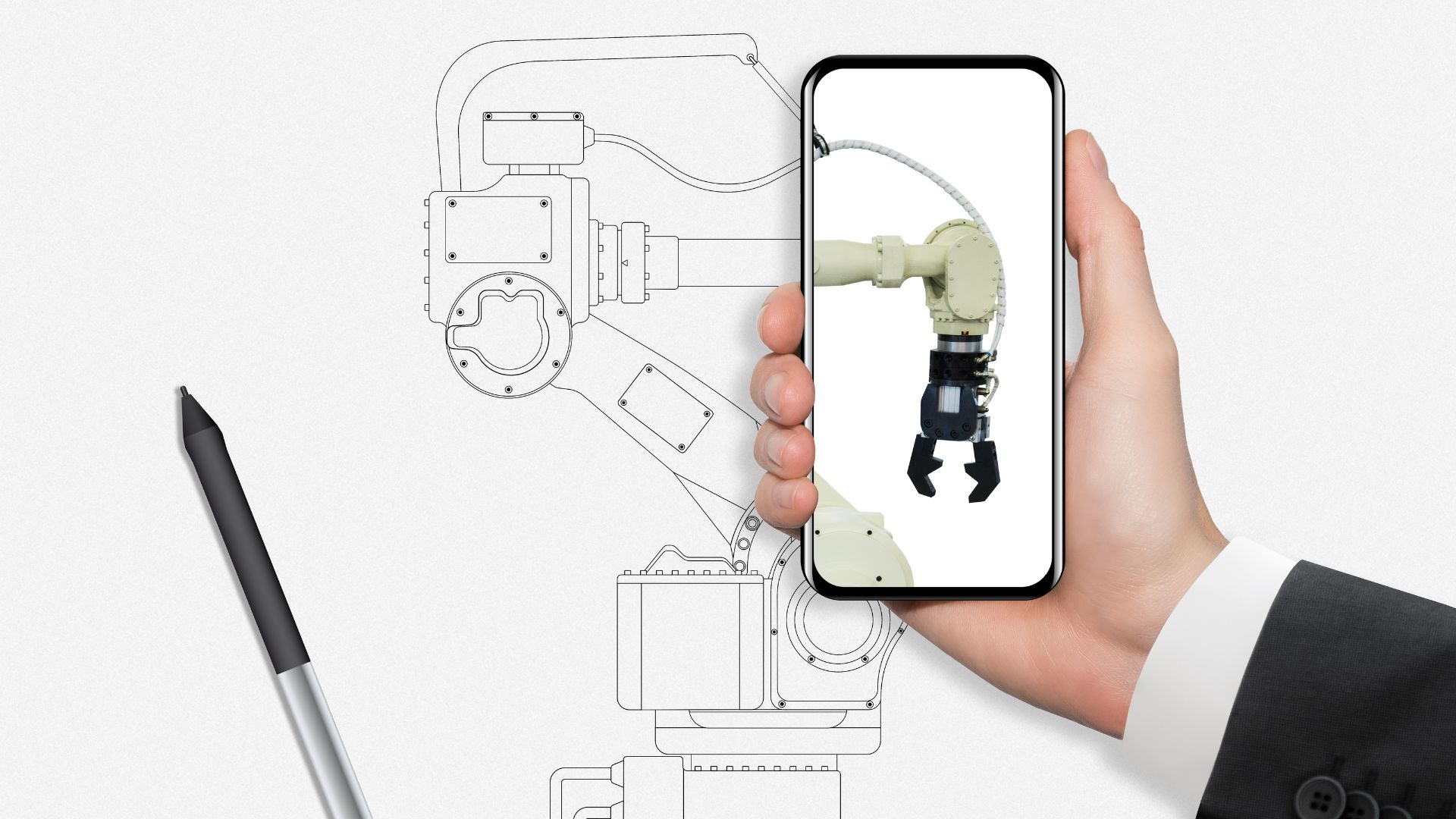Augmented Reality for Manufacturing
As we delve into the realm of manufacturing, augmented reality for manufacturing emerges as a transformative technology reshaping traditional processes. With its ability to overlay digital information onto the physical world, augmented reality presents a myriad of opportunities for enhancing efficiency, accuracy, and productivity on the factory floor.
Imagine equipping assembly line workers with AR headsets that display real-time instructions and diagrams directly in their field of vision, eliminating the need to constantly refer to manuals or training materials. This seamless integration of information can streamline operations, reduce errors, and expedite production timelines. Moreover, by offering interactive guidance and remote assistance capabilities, augmented reality empowers employees to troubleshoot issues swiftly and collaborate effectively across distances.
The marriage of AR technology with manufacturing not only modernizes traditional practices but also paves the way for agile and adaptable production environments. By leveraging data visualization tools and spatial mapping features, organizations can optimize layout designs, simulate workflow scenarios, and identify areas for process improvement with unparalleled precision. In this era of Industry 4.0, embracing augmented reality for manufacturing is not just about innovation – it’s about revolutionizing how we create and build in the digital age.
The Rise of Augmented Reality in Manufacturing
Augmented reality (AR) has been making significant strides in transforming the manufacturing industry, revolutionizing processes and enhancing efficiency. As technology advances, more manufacturers are embracing AR to streamline operations, improve training procedures, and optimize productivity.
Augmented Reality Benefits in Manufacturing:
- Enhanced Training Programs: AR allows for interactive training sessions where employees can visualize complex tasks in a simulated environment, leading to quicker learning curves and reduced errors.
- Improved Maintenance Procedures: By overlaying digital information onto physical equipment, maintenance technicians can access real-time data and instructions, facilitating faster repairs and upkeep.
- Efficient Quality Control: AR technology enables inspectors to identify defects quickly by superimposing virtual models over products, ensuring higher precision in quality assessment.
Statistics on Augmented Reality Adoption:
| Stats | Data |
| Percentage of Manufacturers Using AR | 62% |
| Expected Increase in Productivity | Up to 30% |
| Reduction in Training Time with AR | Around 40% |
Future Outlook for Augmented Reality Integration:
The future of augmented reality in manufacturing looks promising as advancements continue to enhance capabilities. With the integration of IoT devices and machine learning algorithms, AR is expected to play an even more significant role in optimizing production processes and improving overall operational efficiency.
In conclusion, the rise of augmented reality in manufacturing signifies a shift towards innovative solutions that empower businesses to adapt to evolving industry demands. Embracing AR technologies opens up a realm of possibilities for manufacturers seeking sustainable growth and competitive advantages in today’s dynamic market landscape.
Core Applications of Augmented Reality in Manufacturing
Augmented reality (AR) is revolutionizing the manufacturing industry by enhancing various processes and operations. Let’s delve into some core applications where AR is making significant strides:
Enhancing Maintenance and Repair Tasks
- AR technology provides real-time guidance to technicians during maintenance procedures.
- By overlaying digital instructions onto physical equipment, AR simplifies complex repair tasks.
- Manufacturers can reduce downtime and improve efficiency with AR-enabled maintenance workflows.
Streamlining Assembly Processes
- AR aids workers in assembling intricate components by superimposing step-by-step instructions.
- Workers can visualize assembly sequences right on their workstations, minimizing errors.
- This leads to faster production cycles and higher product quality in manufacturing plants.
Training and Onboarding Programs
- Manufacturers utilize AR for interactive training sessions for new employees.
- New hires can simulate hands-on experiences in a virtual environment before working on the shop floor.
- This immersive training approach accelerates learning curves and boosts workforce productivity.
Quality Control and Inspection Procedures
- With AR, inspectors can overlay digital models onto physical products for detailed quality checks.
- Defects are identified swiftly, enhancing overall product quality assurance processes.
- Manufacturers benefit from reduced rework rates and improved customer satisfaction levels.
Remote Assistance and Collaboration
- AR facilitates remote assistance by allowing experts to guide on-site personnel from afar.
- Real-time collaboration through shared augmented views enhances problem-solving capabilities.
- This remote support feature proves invaluable in troubleshooting issues quickly and efficiently.
Augmented reality continues to redefine how manufacturers operate, offering innovative solutions that optimize workflows across various functions. As the technology evolves, its applications in manufacturing are poised to drive further advancements in efficiency, productivity, and overall operational excellence.
